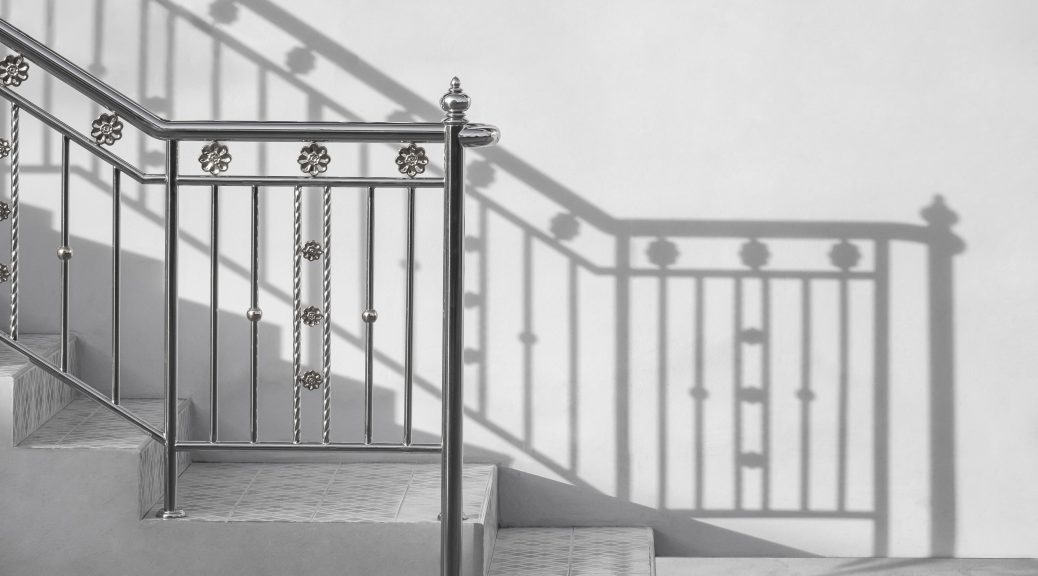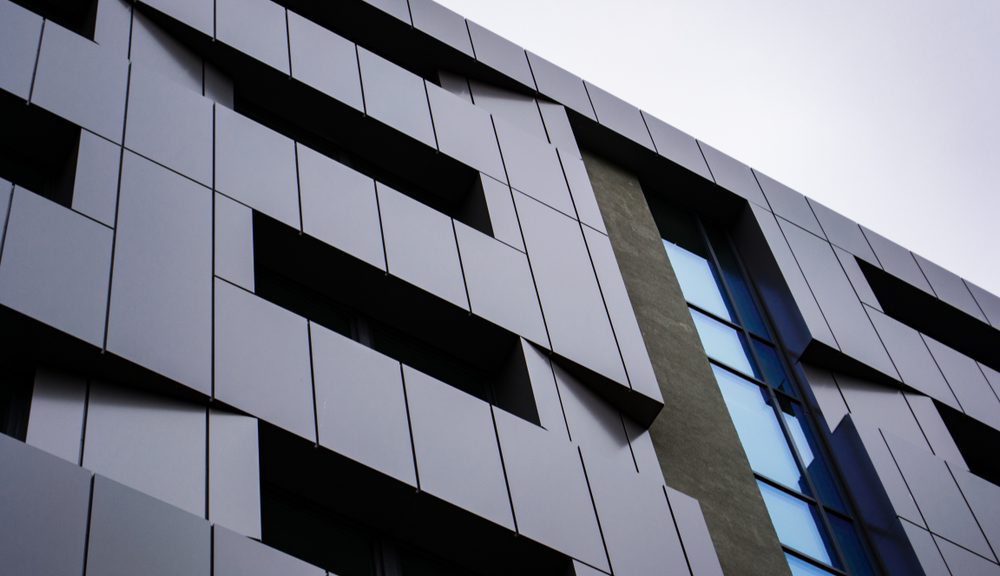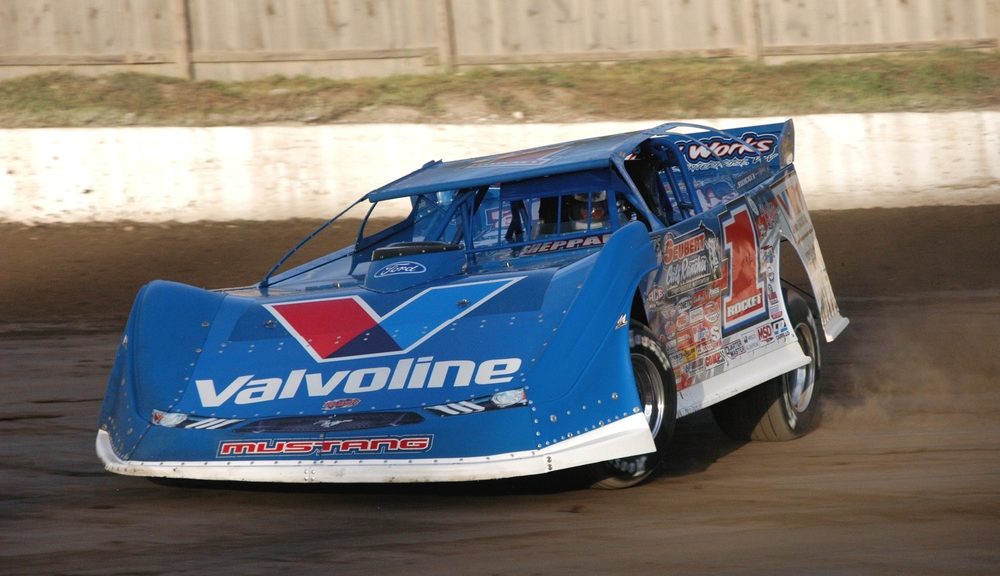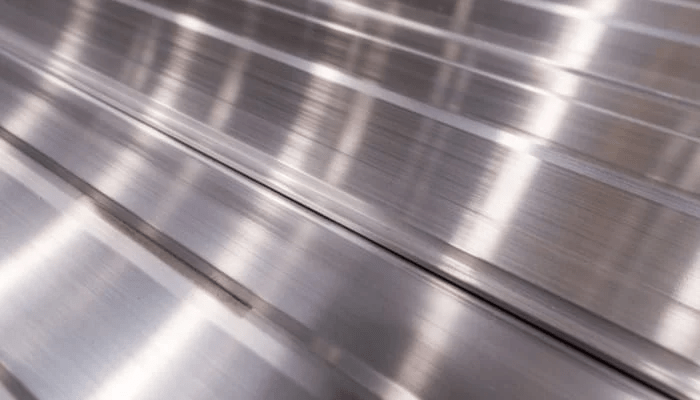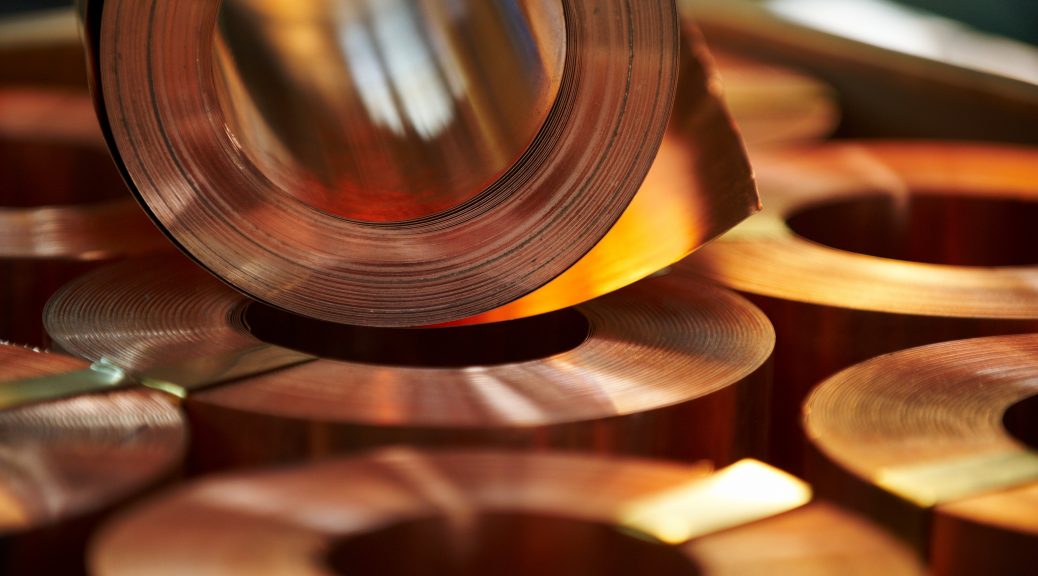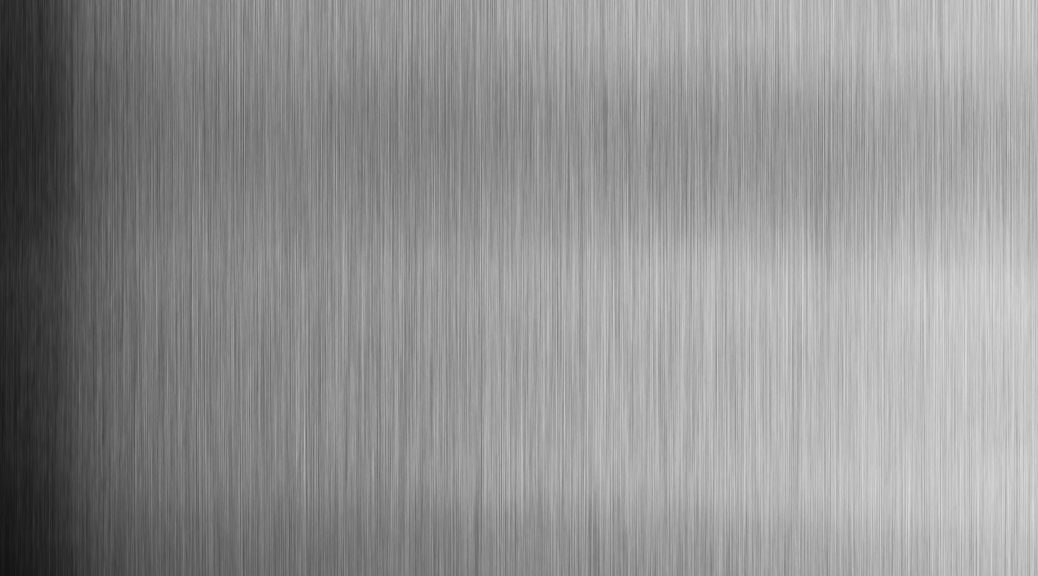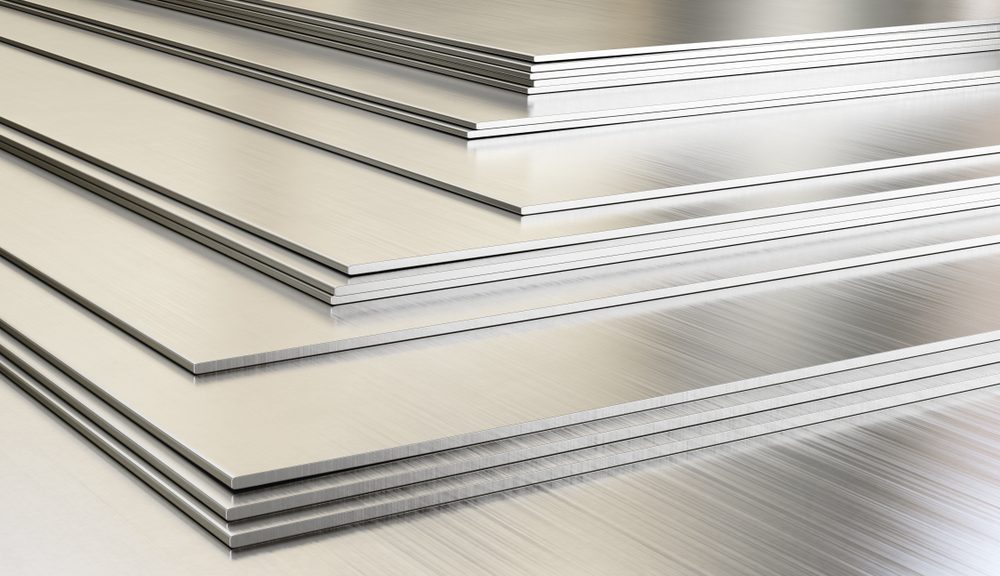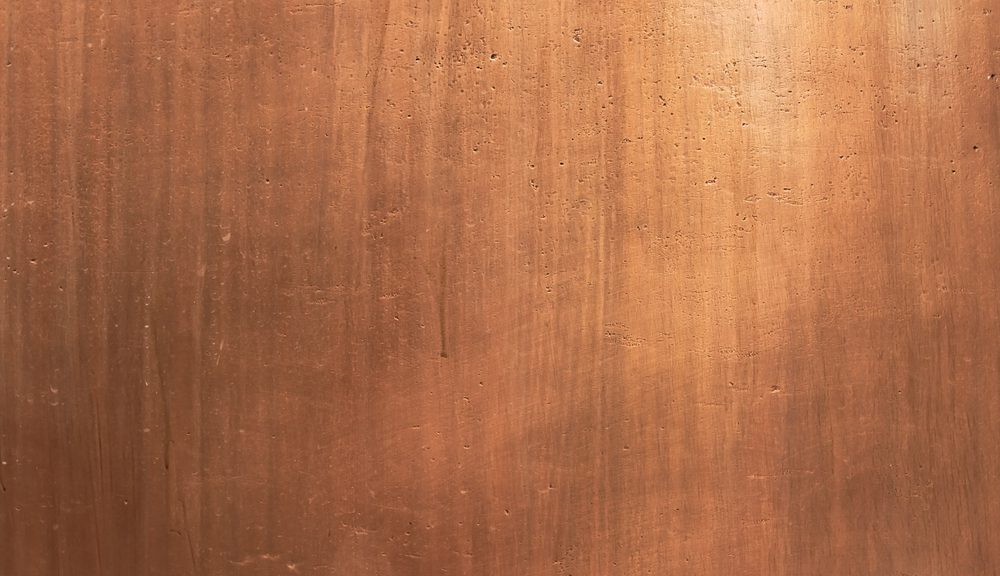Anodized aluminum is a type of aluminum that has undergone an electrolytic process to create a protective and decorative layer on its surface. This process is known as anodization and it enhances the durability, corrosion resistance, and aesthetics of aluminum. In this blog, we will discuss the entire process of how anodized aluminum is made.
The Aluminum Anodizing Process
Step 1: Cleaning and Degreasing
The first step in the anodization process is to clean and degrease the aluminum surface. This is done to remove any dirt, oil, or other contaminants that may interfere with the anodization process. A strong cleaning solution is used, followed by rinsing with water and drying.
Step 2: Masking
Once the aluminum surface is cleaned, the next step is to mask off the areas that are not to be anodized. This is done using a masking tape or a special etching solution. The masking is necessary to prevent unwanted anodization from occurring in these areas.
Step 3: Preparation of Anodizing Solution
The anodizing solution is typically an acidic electrolyte, such as sulfuric acid, that acts as the electrolyte in the anodization process. The solution must be carefully prepared according to specific recipes, as the concentration and temperature of the solution greatly influence the anodization results.
Step 4: Electrolysis
The aluminum is then placed into the anodizing solution and a direct current (DC) is applied. This causes the aluminum to become the anode in the electrolysis process, while the cathode is typically made of titanium. The DC current causes the aluminum to oxidize, which forms the anodized layer on the surface of the aluminum.
Step 5: Coloring
In some cases, the anodized aluminum may be dyed in order to achieve a specific color. This is done by immersing the anodized aluminum in a dye solution and heating it to a specific temperature. The dye penetrates the pores of the anodized layer, resulting in a permanent color change.
Step 6: Sealing
Finally, the anodized aluminum is sealed to prevent the dye from fading or being washed away. This is typically done by immersing the anodized aluminum in a boiling water bath for a specific period of time. The sealing process closes the pores of the anodized layer, making it resistant to fading and wear.
Anodized aluminum is a versatile and durable material that is commonly used in a variety of applications. The anodization process involves several steps, including cleaning and degreasing, masking, preparation of the anodizing solution, electrolysis, coloring, and sealing. By carefully following these steps, manufacturers can create high-quality anodized aluminum products that are resistant to corrosion, wear, and fading. As experts in anodizing aluminum sheeting for projects, Wieland-Wrisco is capable of producing the best anodized aluminum sheeting for all of your needs! Simply contact us today online to learn more about how we can best assist your upcoming project.


